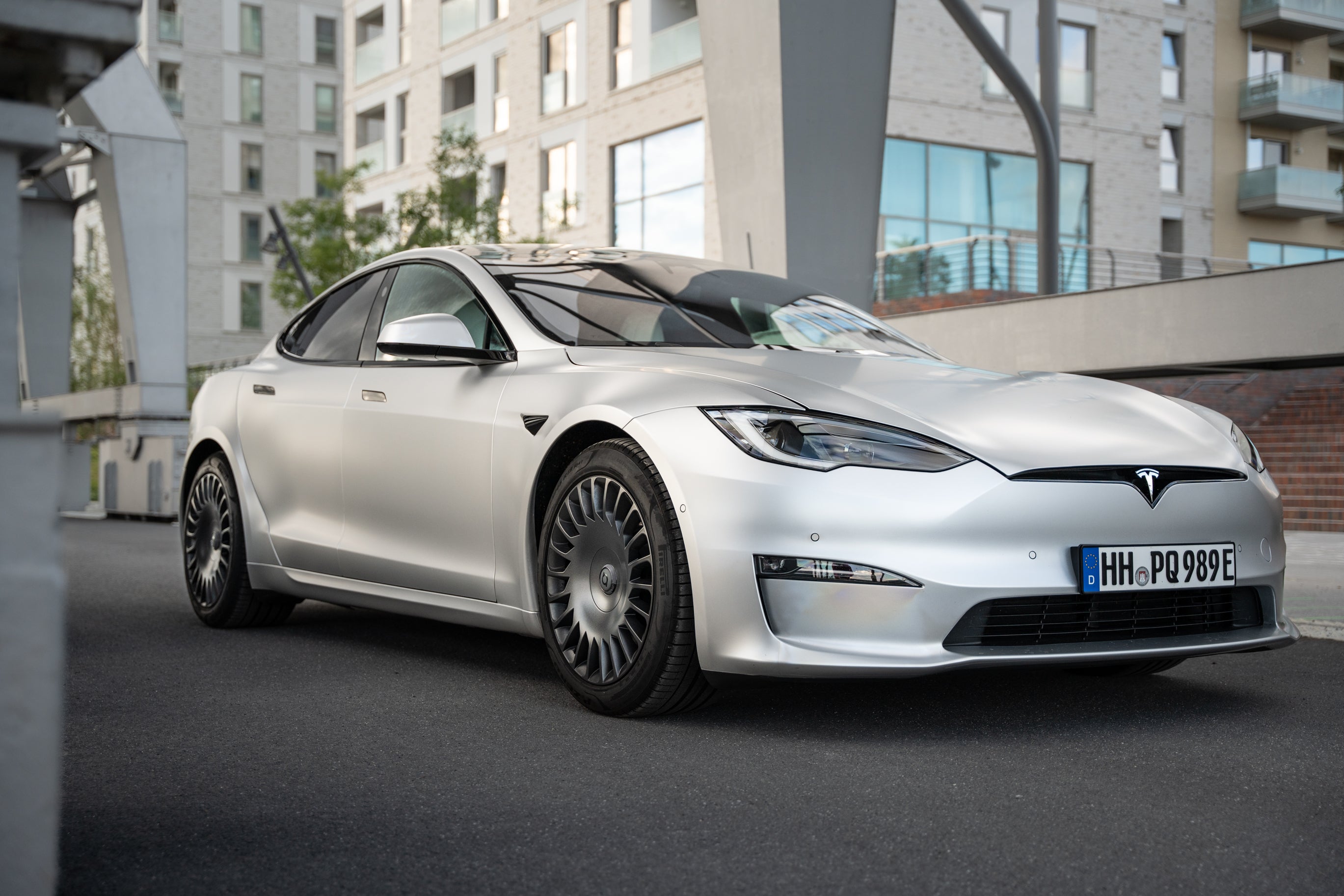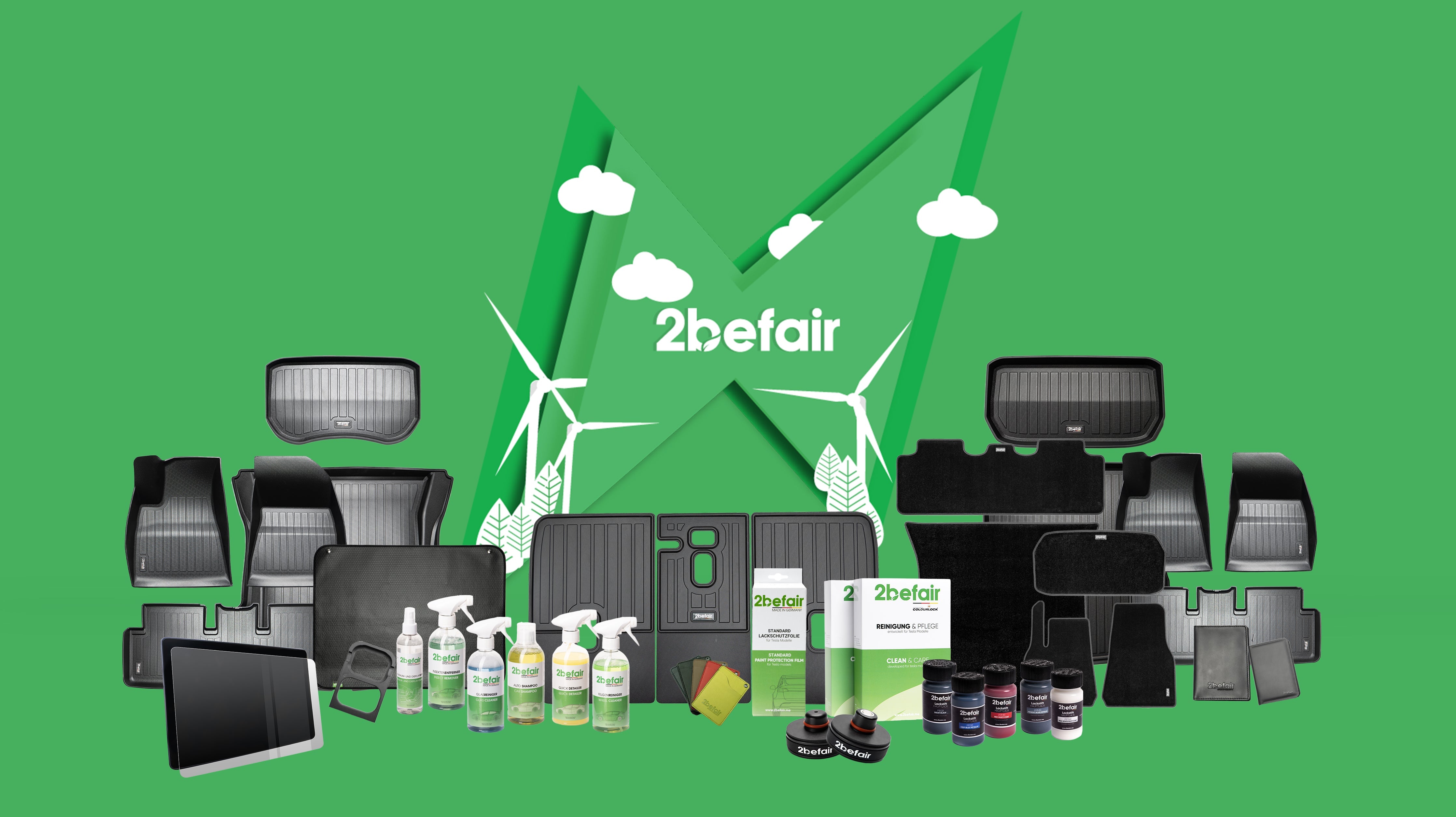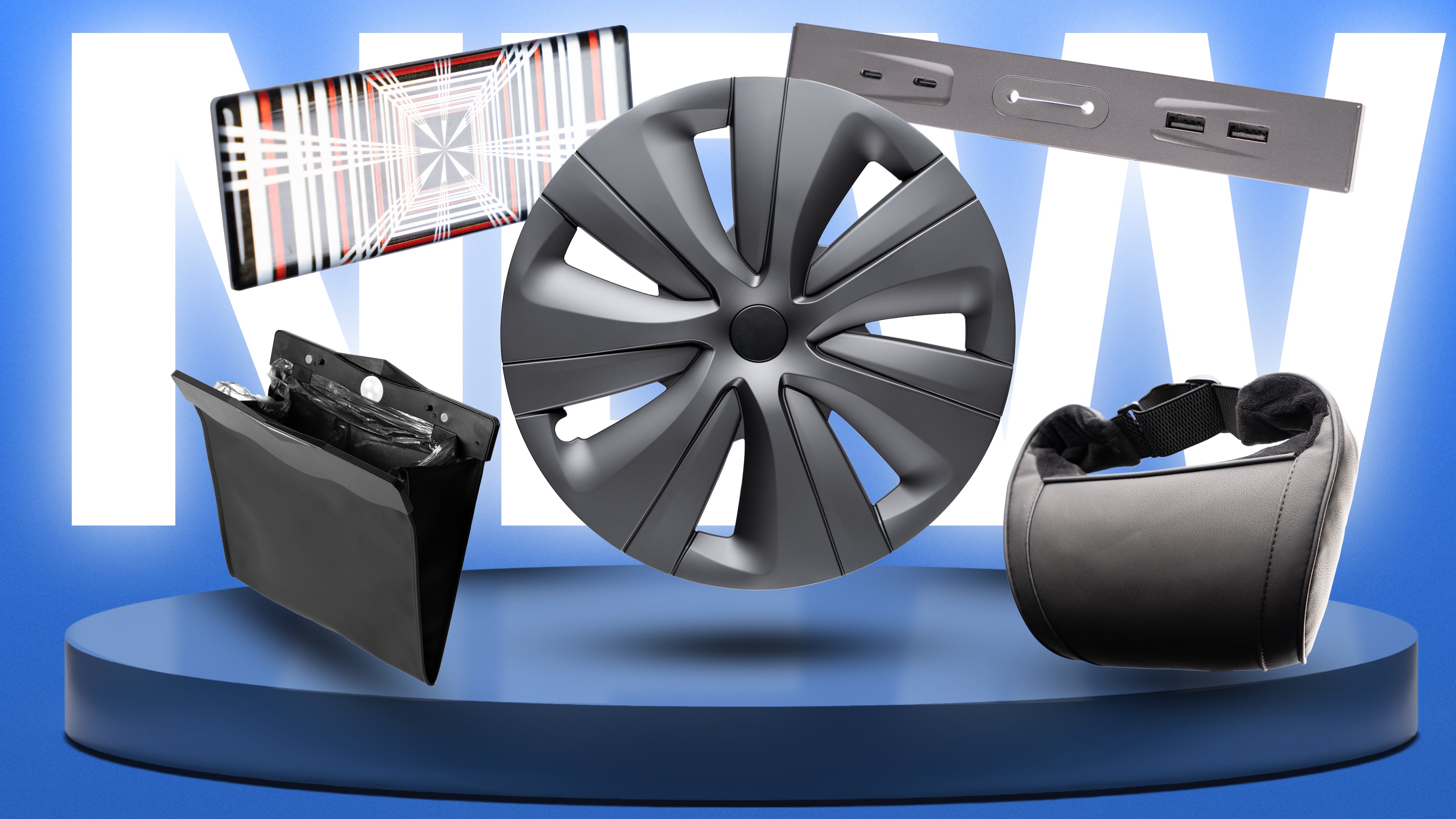Tesla is once again setting new standards in electromobility: with the introduction of a virtual queuing system for Superchargers, the company aims to revolutionize the charging experience. This innovative system could provide more clarity and fairness, particularly at busy locations where long waiting times lead to frustration. A pilot programme, which is due to start next quarter at selected Supercharger locations in the USA, promises to make the charging infrastructure more efficient and minimize conflicts at the stations.
The concept of the virtual queue
At its core, the virtual queuing system is intended to ensure that vehicles are organized in a digital line instead of relying on informal and often confusing waiting sequences.
-
Automated queuing:
Via the Tesla Charging App or directly via the vehicle display, drivers can join the virtual queue. For example, the vehicle identification number (VIN) is registered to ensure a smooth transition to the next charging process. -
Transparency and information:
Drivers receive real-time information about their position in the queue and an estimated waiting time. A digital interface at the Supercharger, which indicates the next available charging point by means of changing light signals (e.g. pulsating blue), could provide additional clarity. -
Prioritization and fairness:
Tesla could provide special access for members of the Supercharger subscription or Tesla-vehicles to optimize charging times and guarantee a fair distribution of charging points.
Possible implementations and benefits
While the exact technical details have not yet been finally communicated, there are various approaches as to how the virtual queuing system could be implemented:
-
VIN-based reservation:
A vehicle that joins the queue automatically "secures" the next available charging point. Any delay or unauthorized pull ahead could result in an immediate notification signaling to the driver that the charging point is reserved for the next vehicle in line. -
Integration into existing software solutions:
Similar to China, where Supercharger stations have automatic locking systems, this could be Tesla could be integrated directly into the vehicle display. Here, the driver could not only see their position in the queue, but also actively reserve a charging point. -
Improved user experience:
The introduction of this system should minimize conflicts at Supercharger stations and make the entire charging experience more relaxed. Especially in urban centers such as Los Angeles, New York or Toronto, where long waiting times are common, the virtual queue offers a structured process that reduces stress.
Conclusion and outlook
The planned pilot program for virtual queues shows that Tesla, that the company is constantly working on optimizing the user experience. A structured queuing system could lead to a significant improvement in the charging infrastructure, especially at busy locations. If the initial tests are successful, the system can be expected to be expanded to other Supercharger locations - a development that will not only benefit Tesla-drivers, but also the entire electromobility ecosystem.






































